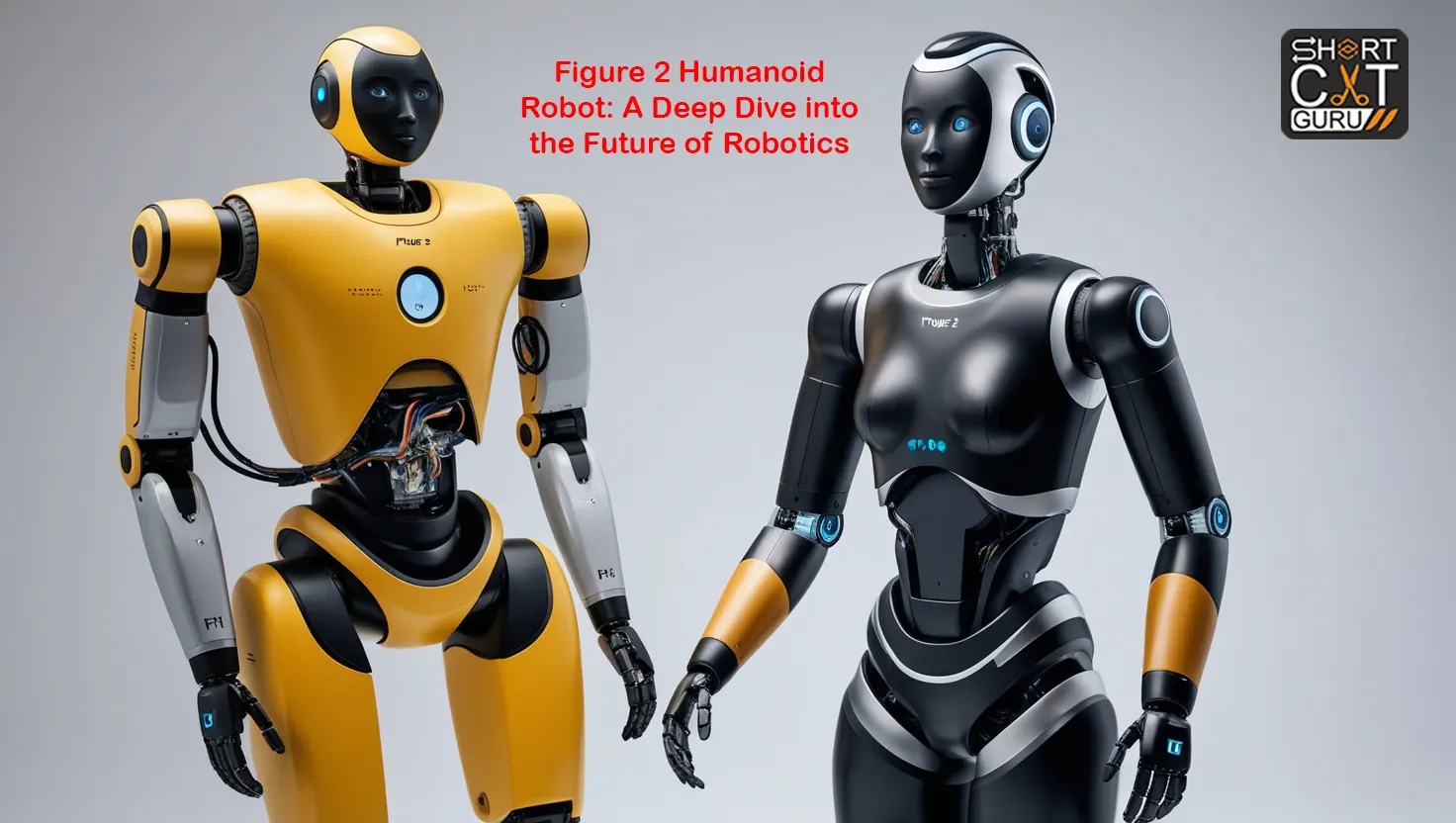Humanoid robots, robots designed to resemble the human form, hold immense potential for revolutionizing various industries, from healthcare and manufacturing to search and rescue. However, achieving human-like movements and interactions in these robots presents a significant challenge. At the heart of this challenge lies the intricate task of developing effective control algorithms.

These algorithms are the brainpower behind humanoid robots, dictating their every movement, balance, and response to the environment. From basic locomotion to complex choreography, the ability to control these robots with precision and fluidity hinges on sophisticated mathematical models and advanced computational techniques.
Understanding the Complexity:
Controlling a humanoid robot is not simply about moving individual joints. It involves achieving a delicate balance of factors:
Dynamics and Kinematics: Understanding how the robot’s body moves through space (kinematics) and the forces acting upon it (dynamics) is crucial.
Sensor Feedback: Robots rely on a variety of sensors, like cameras, tactile sensors, and inertial measurement units, to perceive their surroundings.
Task Planning:
Defining the goal of the movement and creating a sequence of actions to achieve it is essential. This involves considering factors like obstacles, desired trajectory, and timing.
- Adaptation and Learning: Ideally, robots should be able to adapt to unforeseen changes in their environment and learn from their experiences to improve future performance.
Key Control Algorithms:
Several control algorithms have emerged to address the multifaceted challenges of humanoid robot control:
Model-Based Control:
This approach utilizes a mathematical model of the robot’s physical characteristics and dynamics. The controller uses this model to predict the robot’s future state and generate commands to achieve the desired trajectory.Advantages:
Predictive and can handle complex movements.Disadvantages:
Requires accurate robot modeling, which can be complex and time-consuming.
Inverse Kinematics:
This technique focuses on determining the joint angles needed to achieve a specific end-effector position or orientation.Advantages:
Straightforward to implement for simple movements.Disadvantages:
Does not consider dynamic constraints or contact forces.
Feedback Control:
This method utilizes sensor feedback to constantly adjust the robot’s movements and maintain stability.Advantages:
Adaptive to disturbances and variations in the environment.Disadvantages:
Can be prone to instability if not carefully tuned.
Adaptive Control:
This approach combines model-based and feedback control, allowing the robot to adapt its control parameters based on sensor data and learned experience.Advantages:
Improves performance over time through learning.Disadvantages:
Can be computationally demanding.
Learning-Based Control:
Employing machine learning techniques, robots can learn control policies directly from data. This eliminates the need for explicit modeling and allows robots to generalize to new situations.Advantages:
High potential for adaptability and generalization.Disadvantages:
Requires large amounts of training data and can be challenging to interpret.
The Future of Humanoid Robot Control:
The field of humanoid robot control is rapidly evolving, driven by advancements in artificial intelligence, sensor technology, and computational power. Some promising future directions include:
Hierarchical Control:
This approach involves decomposing complex tasks into smaller sub-tasks, controlled at different levels of abstraction.Brain-Computer Interfaces: Directly connecting human brains to robots could enable intuitive and natural interaction.
Swarm Robotics: Coordinating multiple humanoid robots to work together on complex tasks.
FAQ:
What are the main challenges in controlling humanoid robots?
The primary challenges are achieving human-like balance and coordination, handling complex dynamics, effectively using sensor data, and enabling adaptability to changing environments.
How do humanoid robots learn to walk?
They can be trained using reinforcement learning algorithms, where they are rewarded for successful movements and penalized for failures. This iterative process allows them to refine their walking patterns.
Can humanoid robots be used for real-world applications?
Yes, they are already being used in areas like search and rescue, disaster relief, and assisting the elderly.
How long will it take for humanoid robots to be as capable as humans?
Predicting the exact timeline is difficult, but significant progress is being made. The level of sophistication will depend on advancements in AI, robotics, and our understanding of human movement.
Conclusion:
Humanoid robot control algorithms are at the forefront of robotics research, pushing the boundaries of what is possible. From understanding complex dynamics to leveraging the power of machine learning, these algorithms are enabling robots to move with increasing dexterity and adaptability.
As research progresses, we can expect to see humanoid robots playing even more prominent roles in our lives, assisting us in various tasks and transforming numerous industries. The journey towards creating truly human-like robots is a continuous one, fueled by innovation and the pursuit of unlocking the full potential of these remarkable machines.
Closure
Thus, we hope this article has provided valuable insights into Mastering Movement: A Deep Dive into Humanoid Robot Control Algorithms. We appreciate your attention to our article. See you in our next article!
